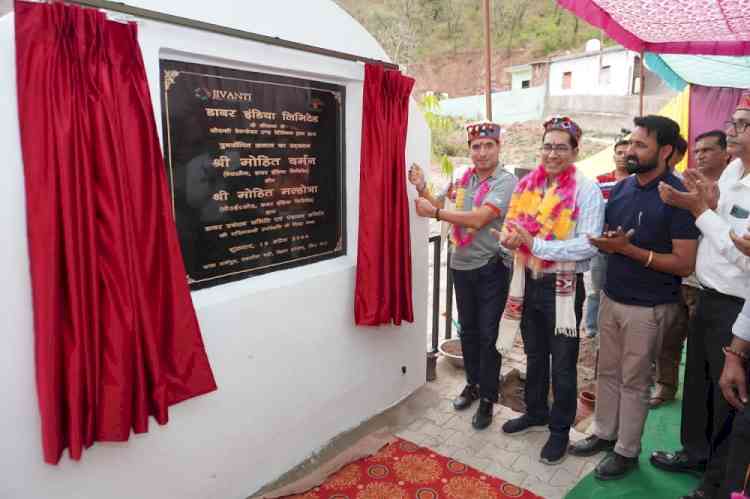Strengthen PMES to Improve Public Governance - India Ratings
Author(s): City Air NewsNew Delhi, June 27, 2014: India Ratings & Research (Ind-Ra) feels that the Performance Monitoring and Evaluation System (PMES) introduced by the Government of India is an intervention which will improve public governance...

New Delhi, June 27, 2014: India Ratings & Research (Ind-Ra) feels that the Performance Monitoring and Evaluation System (PMES) introduced by the Government of India is an intervention which will improve public governance and deliver better public goods/services in India.
Public governance was one the key issues around which the recently concluded parliamentary election was fought and rightly so because cross-country empirical research suggests that quality of governance has a strong correlation with economic growth and also the overall well-being of the people.
The PMES is a system to both “evaluate” and “monitor” the performance of government ministries/departments by comparing their actual achievements against predetermined annual targets. A performance agreement is the most common accountability mechanism adopted by countries globally to improve quality, transparency, and effectiveness of public governance. Along with introducing the PMES, the government of India also set up a Performance Management Division (PMD) within the Cabinet Secretariat to introduce, execute and supervise the PMES.
At the core of the PMES is a result framework document (RFD), which is prepared at the beginning of the fiscal year by each ministry/department in consultation with an ad-hoc task force which consists of outside experts. The RFD contains the objectives, priorities and deliverables of each ministry/department for that year. It includes financial, physical, quantitative, qualitative, static efficiency and dynamic efficiency parameters.
Presently, the PMES covers 80 departments and ministries of the union government and around 800 responsibility centres (attached offices/subordinate offices/ autonomous organisations). Many state governments have also come forward and implemented the PMES. As at end February 2014, 13 Indian states had adopted PMES and it is currently at various levels of implementation in each of these sates. Seven other states have shown interest in implementing PMES.
Considering that the overall objectives of the PMES are in sync with the new government’s focus on ‘minimum government and maximum governance’ and also in line with international best practices, Ind-Ra expects the new government to not only continue with the existing PMES but also to improve and strengthen it.
Ind-Ra believes that the PMES needs to be publicised extensively so that stake holders can be made aware of this effort. In a bid to create transparency in governance and make people believe in PMES, the latest performance evaluation reports along with the RFD documents of various ministries/departments should be uploaded on the PMD website. Moreover, to improve the effectiveness of PMES, Ind-Ra would suggest – (a) inclusion of stakeholders’ suggestions/feedback at the time of RFD formulation/assessment of ministries/departments, and (b) a central law on the lines of the ‘Right to Public Services Act’ introduced in Bihar in April 2011.
(Source: Manager - Corporate Communications and Investor Relations, India Ratings & Research A Fitch Group Company).

 cityairnews
cityairnews 
















